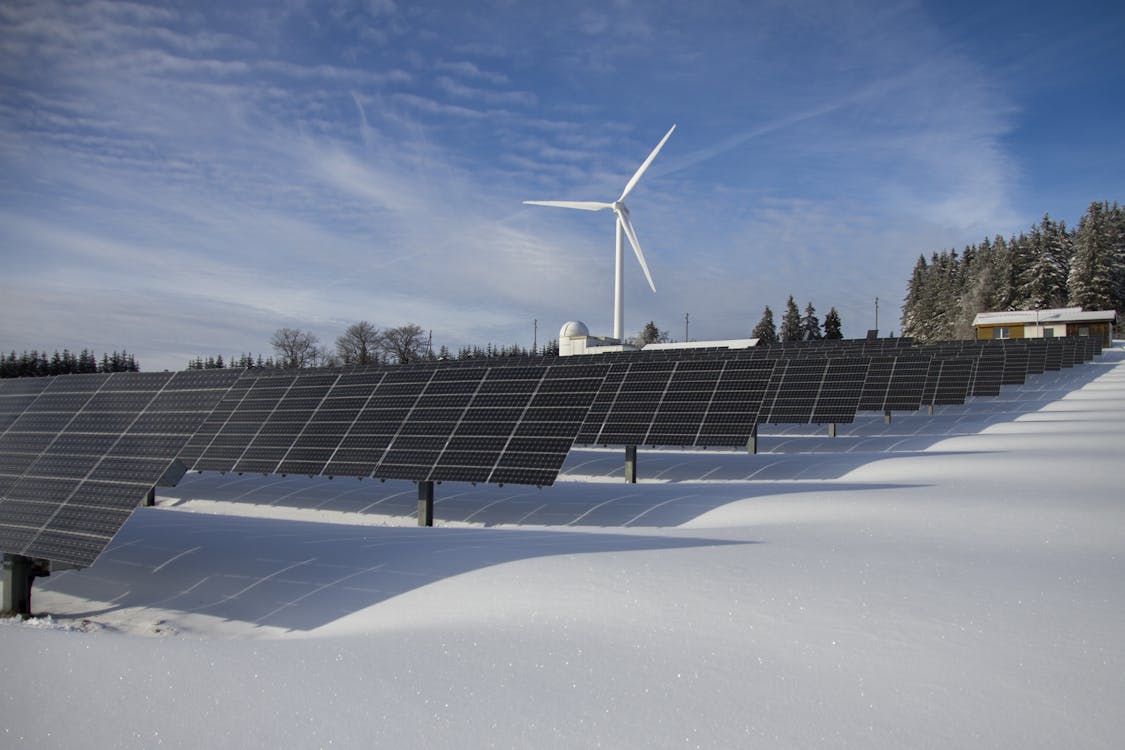Electric Power Development Co Ltd (J-POWER), Japan has signed a virtual power purchase agreement (VPPA) with telecommunications company KDDI Corp. The agreement will support the construction of a 51.5-megawatt (MW) onshore wind farm in Kaminokuni-cho, Hokkaido. The project will have 12 wind turbines and is expected to start operations in September 2028.
KDDI plans to use the wind power to reduce carbon dioxide (CO2) emissions from its telecommunication’s base stations. The agreement is the second between J-POWER and KDDI. The first was for the Minami Osumi Wind Farm.
In addition to large wind projects, smaller renewable energy initiatives are also being developed in Japan. In rural parts of Kyushu, local farmers have installed solar panels on agricultural land. A 3 MW agrivoltaic system in Kumamoto allows farmers to grow crops while generating solar power. The electricity is sold to the grid, providing an additional income source.
On Japan’s west coast, a small tidal energy project is being tested. The system, with a capacity of 1 MW, is installed near a fishing port in Toyama Prefecture. It generates power from ocean currents and is being studied for its long-term potential.
A remote village in Nagano Prefecture has switched to a hybrid renewable energy system. The setup includes a combination of solar, small-scale hydropower, and battery storage. The system helps the village reduce reliance on diesel generators.
Japan continues to expand its renewable energy capacity with both large and small projects. Wind farms, solar installations, and emerging technologies such as tidal energy are being introduced in different regions.

